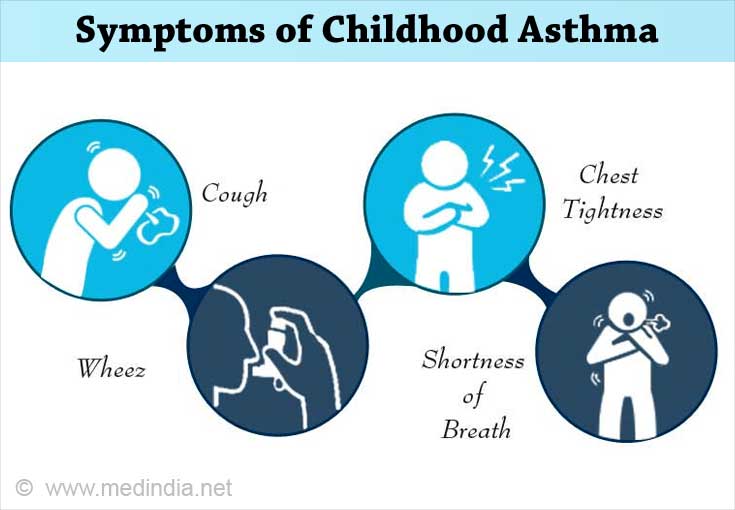Asthma affects one in 15 children under the age of 18

Asthma: A Common Condition in Childhood

Asthma is a chronic respiratory condition that affects millions of people worldwide, including a significant number of children under the age of 18. According to recent studies, approximately one in 15 children in this age group is diagnosed with asthma. This statistic highlights the prevalence and significance of this respiratory disorder among young individuals.
Asthma is characterized by inflammation and constriction of the airways, leading to recurring episodes of wheezing, coughing, shortness of breath, and chest tightness. These symptoms can vary in intensity from mild to severe, and they often significantly impact a child’s quality of life.

Several factors contribute to the development of asthma in children. Genetics is considered a significant influencer, as children with a family history of asthma are more likely to develop the condition themselves. Furthermore, exposure to environmental triggers such as allergens (e.g., dust mites, pollen, pet dander), respiratory infections, air pollution, and tobacco smoke can also contribute to the onset and exacerbation of asthma symptoms.
Proper diagnosis and management are essential to effectively control asthma in children. Early detection is crucial, as it allows for timely intervention and the implementation of an appropriate treatment plan. Healthcare professionals utilize various diagnostic tools, including medical history evaluation, physical exams, lung function tests, and allergy testing, to accurately diagnose asthma.
As with any chronic condition, asthma management focuses on both preventive measures and symptom control. Medical treatment commonly involves the prescription of bronchodilators and anti-inflammatory medications, which help alleviate symptoms and reduce airway inflammation. Additionally, healthcare providers typically provide patients and their parents with an asthma action plan, which outlines specific steps to take during asthma attacks or flare-ups.
Aside from medication, environmental modifications can significantly improve asthma control. Minimizing exposure to known triggers, ensuring good indoor air quality, and adopting a healthy lifestyle are all essential steps in managing asthma effectively. It is also vital for parents to educate their children about their condition, teaching them to recognize and respond to early signs of asthma and how to properly use their prescribed medications.
In conclusion, asthma is a prevalent respiratory condition affecting approximately one in 15 children under the age of 18. Understanding the underlying causes, implementing proper diagnosis and management strategies, and creating a supportive environment are vital in helping children with asthma lead fulfilling and healthy lives.
Source: Medindia - Childhood Asthma
Tags
Share
Related Posts
Quick Links
Legal Stuff

